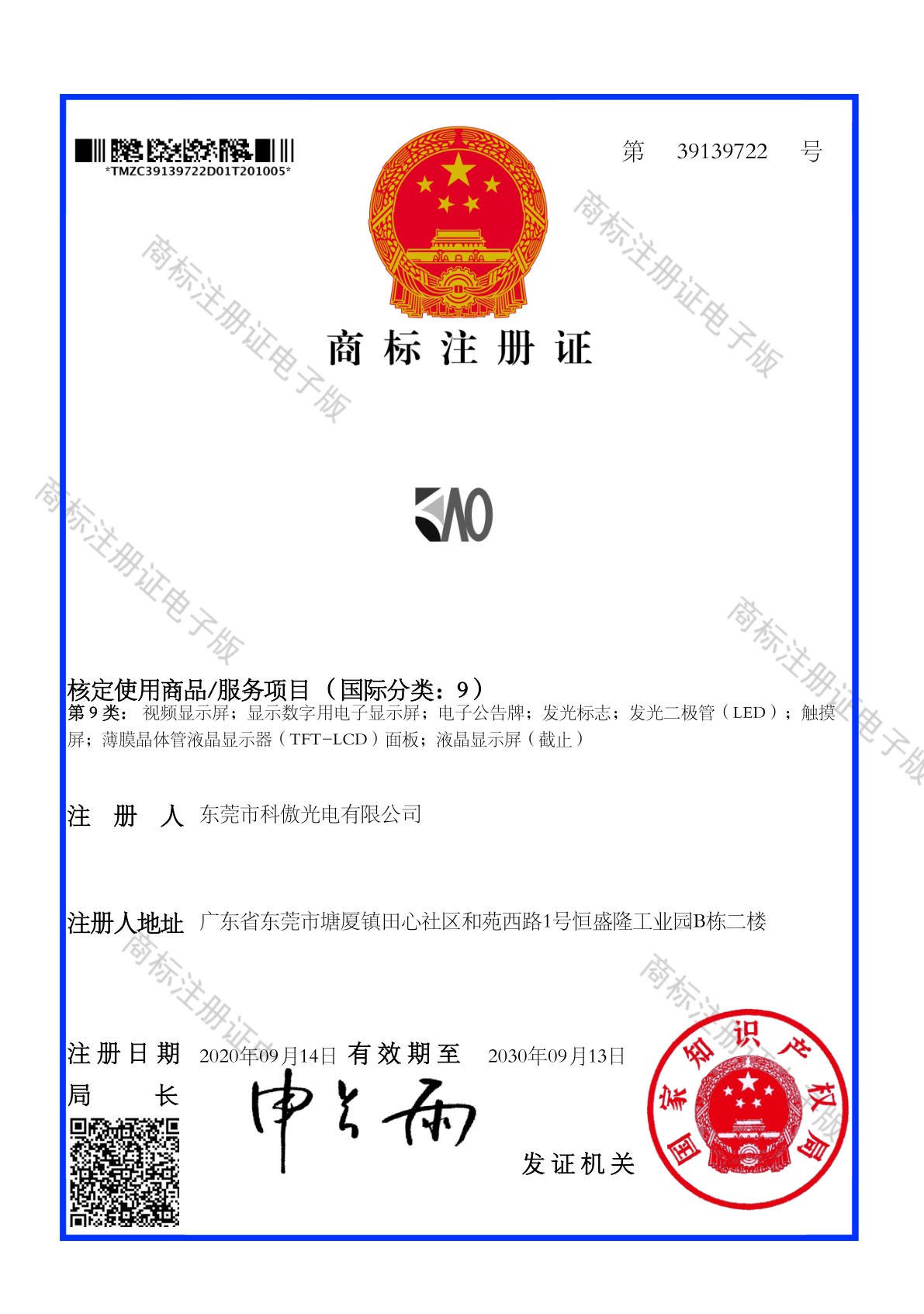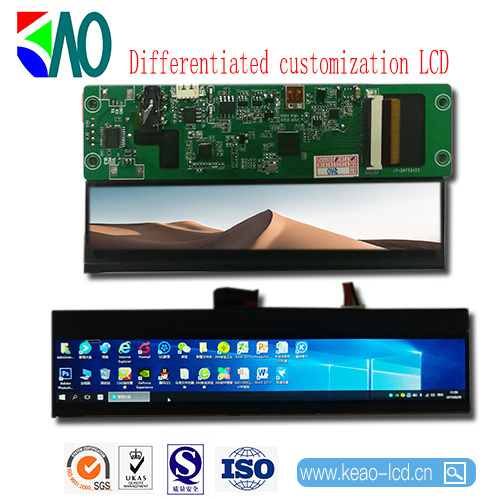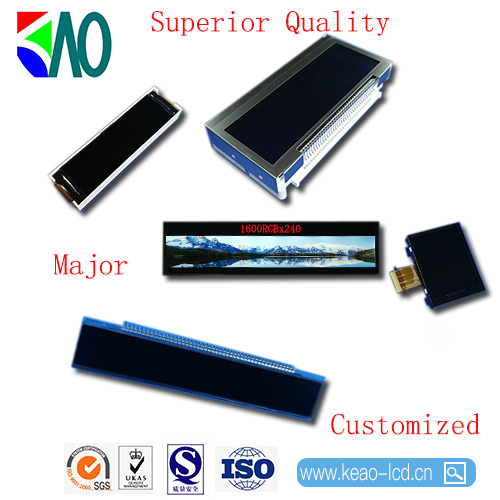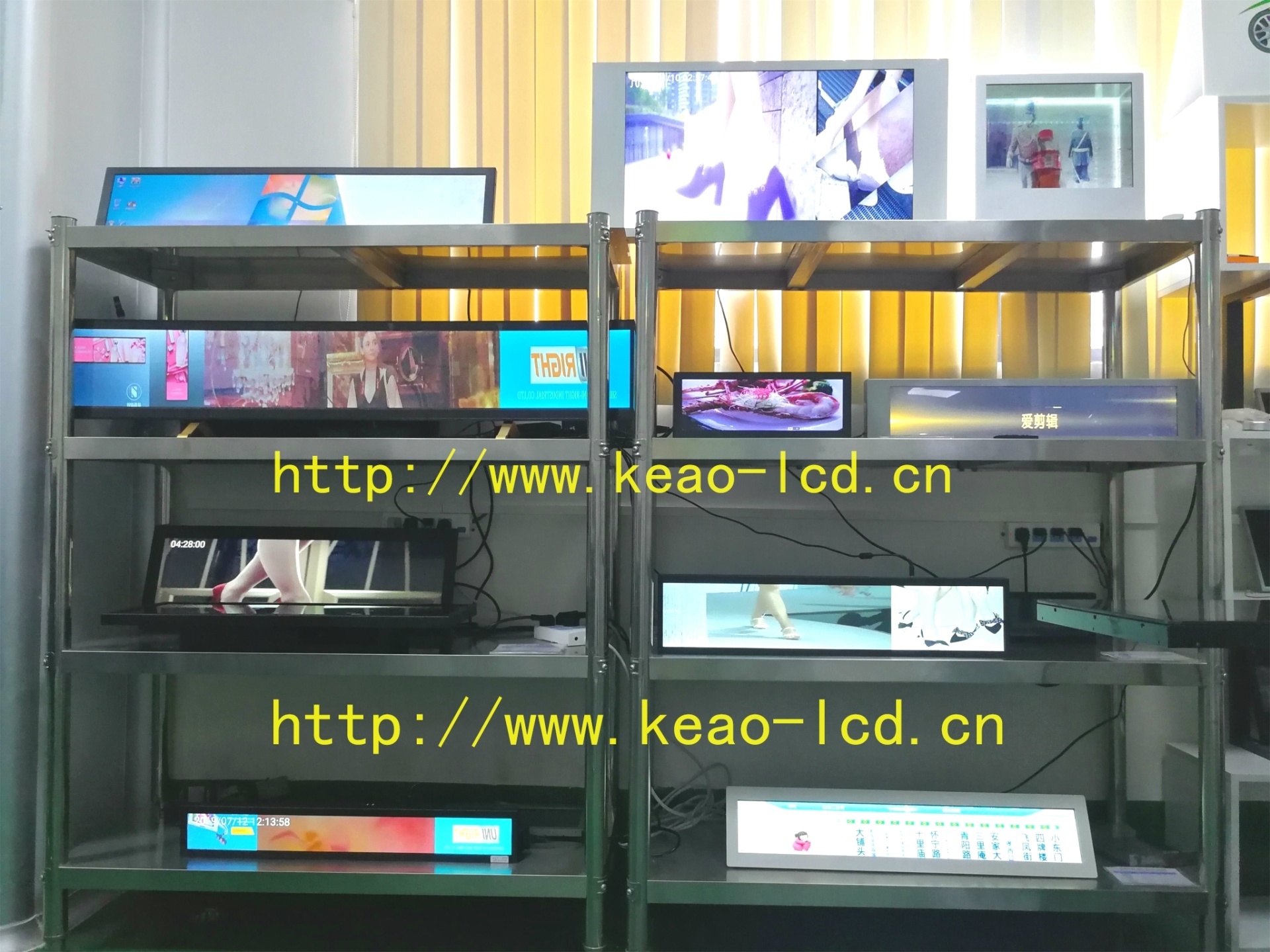What to Look for in High-Performance LCD Modules for LED Displays
What to Look for in High-Performance LCD Modules for LED Displays Table of Contents 1. Introduction to LCD Modules 2. Key Features of High-Performance LCD Modules 2.1 Resolution and Image Quality 2.2 Brightness and Contrast Ratio 2.3 Refresh Rate and Response Time 3. Types of LCD Modules for LED Displays
2025-05-02
What to Look for in High-Performance LCD Modules for LED Displays
Table of Contents
- 1. Introduction to LCD Modules
- 2. Key Features of High-Performance LCD Modules
- 2.1 Resolution and Image Quality
- 2.2 Brightness and Contrast Ratio
- 2.3 Refresh Rate and Response Time
- 3. Types of LCD Modules for LED Displays
- 3.1 TFT LCD Modules
- 3.2 IPS LCD Modules
- 4. Benefits of Using High-Performance LCD Modules
- 5. Factors Affecting Performance of LCD Modules
- 6. Integration and Compatibility Considerations
- 7. Maintenance and Longevity of LCD Modules
- 8. FAQs: Common Questions About High-Performance LCD Modules
- 9. Conclusion
1. Introduction to LCD Modules
In the world of electronic displays, **LCD modules** (Liquid Crystal Display modules) play a crucial role, especially when integrated into **LED displays**. These modules are essential for various applications, including advertising, television screens, and public information systems. Understanding what to look for in high-performance LCD modules can significantly impact the quality and effectiveness of your display technology.
2. Key Features of High-Performance LCD Modules
When selecting an LCD module for an LED display, several features stand out as indicators of high performance. Let's delve into these key aspects.
2.1 Resolution and Image Quality
Resolution is a pivotal factor in determining the clarity and sharpness of the images displayed. High-performance LCD modules typically offer **full HD (1920x1080)** or even **4K (3840x2160)** resolutions. Higher resolutions provide more pixels, resulting in detailed images that are essential for visual presentations. Additionally, look for **pixel density** (measured in PPI - pixels per inch), as a higher density translates to smoother images and better visual experience.
2.2 Brightness and Contrast Ratio
Brightness is measured in **nits**, and for outdoor applications, modules should have a brightness level of **1000 nits** or higher. This ensures visibility even in bright sunlight. The contrast ratio, which compares the luminance of the brightest white to the darkest black, should also be high. A contrast ratio of **1000:1** or more is ideal, as it significantly enhances image depth and detail.
2.3 Refresh Rate and Response Time
The refresh rate, measured in hertz (Hz), indicates how often the image refreshes per second. A higher refresh rate, ideally **60 Hz or more**, is crucial for dynamic content, ensuring smooth motion. Response time, measured in milliseconds (ms), is equally important. A response time of **5 ms or lower** prevents motion blur and ghosting, particularly in fast-paced videos.
3. Types of LCD Modules for LED Displays
Different types of LCD modules cater to various applications and offer unique advantages. Understanding these can help in making an informed choice.
3.1 TFT LCD Modules
**Thin Film Transistor (TFT)** LCD modules are widely used due to their ability to produce high-quality images and vibrant colors. They utilize individual transistors for each pixel, allowing for better control and faster refresh rates. TFT modules are particularly favored for applications requiring high color fidelity, such as gaming and graphic design.
3.2 IPS LCD Modules
**In-Plane Switching (IPS)** LCD modules are known for their superior color reproduction and wider viewing angles compared to traditional TFT panels. They are ideal for applications where color accuracy is paramount, such as digital signage and professional photo editing. Despite being slightly more expensive, the benefits of IPS technology often justify the investment.
4. Benefits of Using High-Performance LCD Modules
Investing in high-performance LCD modules can lead to numerous advantages that enhance the overall functionality and user experience of LED displays.
- **Enhanced Visual Experience**: High-resolution modules with superior brightness and contrast ratios deliver clearer and more vibrant images, making them ideal for engaging audiences.
- **Durability**: Many high-performance modules are designed to withstand environmental challenges, ensuring longevity in various settings, from indoor installations to outdoor events.
- **Energy Efficiency**: Advanced LCD modules often incorporate technologies that reduce power consumption while maintaining brightness and image quality, contributing to lower operational costs.
5. Factors Affecting Performance of LCD Modules
Understanding the factors that influence the performance of LCD modules can aid in selecting the right one for your needs.
- **Temperature Variations**: Extreme temperatures can impact the performance and longevity of LCD modules. Choosing modules rated for specific temperature ranges is crucial for outdoor applications.
- **Humidity Levels**: High humidity can lead to condensation, potentially damaging sensitive components. Selecting moisture-resistant designs can mitigate this risk.
- **Interference from Electromagnetic Sources**: Proximity to electronic devices can cause signal interference. Ensuring proper shielding and layout can prevent performance degradation.
6. Integration and Compatibility Considerations
When integrating LCD modules into an LED display system, compatibility with existing hardware and software is essential.
- **Controller Compatibility**: Ensure that the LCD module is compatible with your display controller, as this affects signal quality and image rendering.
- **Interface Types**: Pay attention to the interface types, such as **HDMI**, **VGA**, or **DisplayPort**, to ensure seamless connections.
- **Software Support**: Some modules come with specific software for calibration and settings adjustments, enhancing performance and user experience.
7. Maintenance and Longevity of LCD Modules
Proper maintenance can extend the life of LCD modules and ensure consistent performance.
- **Regular Cleaning**: Dust and grime can obscure visuals. Regular cleaning using appropriate materials helps maintain image clarity.
- **Environmental Monitoring**: Keeping track of temperature and humidity levels can prevent environmental damage to the modules.
- **Component Inspection**: Periodically inspecting for signs of wear, such as dead pixels or color fading, allows for timely replacements and reduces downtime.
8. FAQs: Common Questions About High-Performance LCD Modules
**Q1: What is the difference between TFT and IPS LCD modules?**
A1: TFT modules offer faster response times, while IPS modules provide better color accuracy and wider viewing angles.
**Q2: How do I choose the right brightness level for my LCD module?**
A2: Consider the environment where the display will be used. For outdoor applications, a brightness level of at least 1000 nits is recommended.
**Q3: What is the ideal refresh rate for LCD modules?**
A3: A refresh rate of 60 Hz or higher is ideal for dynamic content to ensure smooth visuals.
**Q4: Can I use LCD modules in humid environments?**
A4: Yes, but ensure you select moisture-resistant models to prevent damage from condensation.
**Q5: How can I enhance the longevity of my LCD module?**
A5: Regular maintenance, including cleaning and environmental monitoring, can significantly extend the lifespan of your LCD module.
9. Conclusion
Selecting the right high-performance LCD module for LED displays involves understanding several critical factors, including resolution, brightness, refresh rate, and the specific types of modules available. By considering these elements, you can ensure a superior viewing experience that meets the needs of your applications. Investing in quality LCD modules not only enhances visual engagement but also provides durability and energy efficiency, making it a wise choice for any display project. As technology continues to advance, staying informed about the latest developments and best practices will empower you to make the best decisions in your pursuit of high-performance display solutions.
Related info











